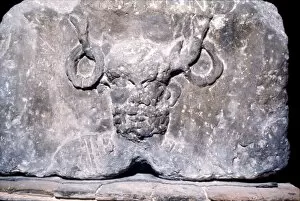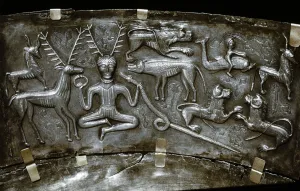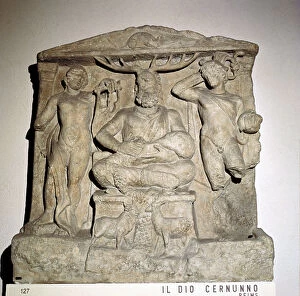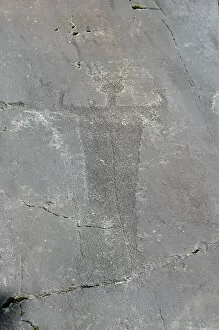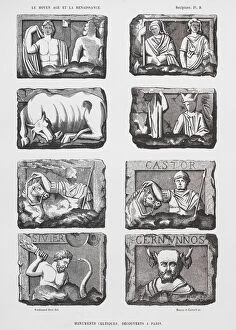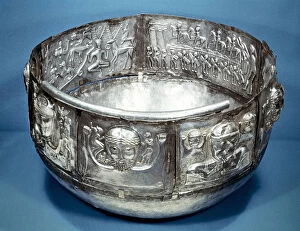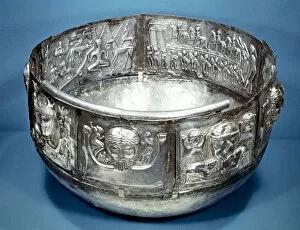Cernunnos Collection
Cernunnos, the enigmatic Celtic horned god, has left his mark throughout history. From ancient artifacts to Gallo-Roman reliefs, his presence is undeniable
All Professionally Made to Order for Quick Shipping
Cernunnos, the enigmatic Celtic horned god, has left his mark throughout history. From ancient artifacts to Gallo-Roman reliefs, his presence is undeniable. One such artifact is the full-size replica of the Gundestrup Cauldron, a remarkable piece made in the 1st century BC. This cauldron showcases intricate details and other Celtic symbols, offering a glimpse into their rich mythology. The Pillar of the Boatmen in Paris also pays homage to this powerful deity. Dating back to AD 14-37, it features an image with his distinctive antlered head. The pillar stands as a testament to the enduring legacy of this god. Another depiction can be found on petroglyphs carved onto Permian sandstone by the CAMUNI people. These ancient figures show a large figure adorned with deer antlers on its head - believed to represent none other than Cernunnos himself. Gallo-Roman monuments discovered in Paris further emphasize Cernunnos' significance within Celtic culture. Engravings reveal scenes depicting this horned god and provide valuable insights into their religious practices. The Gundestrup Cauldron remains an exceptional artifact that captivates scholars and enthusiasts alike. Crafted during the 1st century BC, it portrays Cernunnos wearing a torc around his neck - symbolizing power and authority. A Gallo-Roman relief from Reims, France offers yet another glimpse into Cernunnos' divine presence. This artwork showcases him prominently as one of their revered deities. Even Notre Dame Cathedral holds traces of this mystical figure within its foundations. A French-Roman sculpture discovered there in the 18th century depicts Cernunnos in all his glory – reminding us that he was once worshipped by those who came before us. Through these various artifacts and depictions, Cernunnos continues to fascinate and intrigue.

